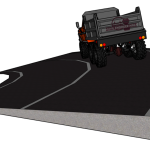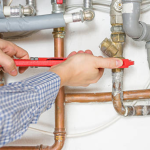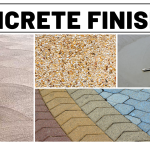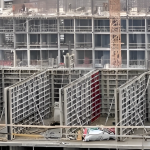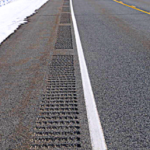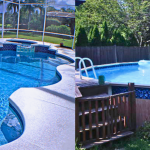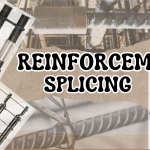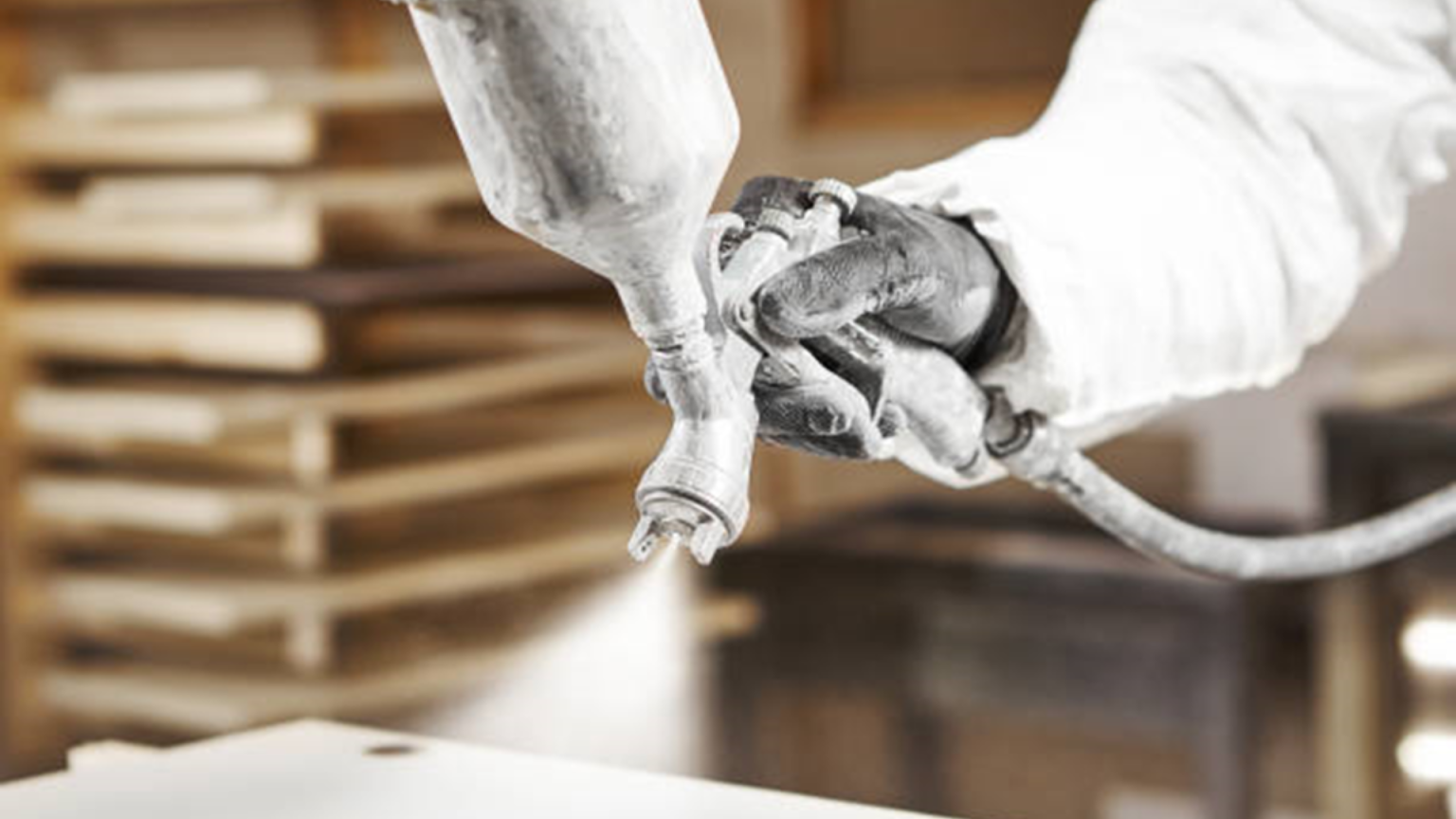
Aluminum paint is a type of coating that contains aluminum powder or flakes suspended in a liquid base, typically composed of solvents such as alkyd, epoxy, or acrylic resins. It is commonly used in various applications due to its reflective properties and protective characteristics. In this article, we will explore the uses, advantages, and disadvantages of aluminum paint.
What is Aluminum Paint?
Aluminum paint is a type of paint that contains aluminum flakes or powder as one of its main components. It is commonly used for its metallic appearance and reflective properties. It is typically applied to surfaces such as metal, wood, or concrete to provide a shiny and decorative finish.
The aluminum flakes or powder in the paint create a reflective surface that can help to reduce heat absorption and provide a cooling effect. This makes aluminum paint particularly useful for applications where heat reflection is desired, such as on roofs or exterior walls.
In addition to its aesthetic appeal and heat-reflective properties, aluminum paint also offers some level of protection against corrosion and weathering. It forms a protective barrier on the surface, helping to prevent the underlying material from rusting or deteriorating.
When it comes to the application of aluminum paint, it can be applied using various methods such as a brush, roller, or spray. This makes it easy to apply on different surfaces, depending on the specific requirements of the project.
Drying Time of Aluminum Paint
Regarding the drying time of aluminum paint, it is important to follow the manufacturer’s instructions for the specific product being used. However, as a general guideline, for a single coat of aluminum paint:
- Touch-up: It typically requires 4 to 6 hours for the paint to dry to the point where it can be lightly touched without damaging the finish. This allows for minor touch-ups or repairs to be made if necessary.
- Recoat: To apply another coat of aluminum paint, it is generally recommended to wait for 16 to 24 hours. This allows sufficient time for the first coat to fully dry and cure before applying additional layers.
Uses of Aluminum Paint
Aluminum paint has a wide range of uses due to its unique properties. Here are some common applications of aluminum paint:
Industrial Coatings
It is often used in industrial settings for coating purposes. It provides a protective layer that helps to prevent corrosion and weathering on metal surfaces, such as storage tanks, pipelines, and machinery.
Roof Coatings
It is commonly used as a roof coating to provide a reflective surface. This helps to reduce heat absorption and can contribute to energy efficiency by keeping the building cooler. It also helps to protect the roof from UV radiation and extend its lifespan.
Decorative Finishes
It is used for decorative purposes in both residential and commercial settings. Its metallic appearance adds a sleek and modern touch to surfaces such as walls, furniture, and fixtures.
Heat Reflection
Due to its reflective properties, aluminum paint is used to reflect heat on surfaces that are exposed to high temperatures. This includes applications such as industrial ovens, chimneys, and exhaust systems.
Automotive Applications
It is used in the automotive industry for various purposes. It can be used for coating wheels, engine parts, and other metal components to provide a protective and decorative finish.
Marine Applications
It is used in marine environments to protect metal surfaces from corrosion and the harsh effects of saltwater. It is commonly used on boat hulls, ship decks, and other marine structures.
Arts and Crafts
It is popular among artists and crafters for its metallic sheen. It can be used in various art projects, including painting, sculpture, and mixed media.
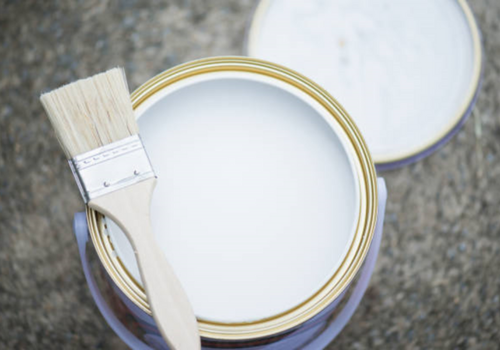
Precautions for Aluminum Paint during Painting
Here are some precautions to keep in mind when using aluminum paint for painting:
Clean the Surface
Before starting the painting work, make sure to clean the floor or surface thoroughly to prevent dust or debris from settling on the painting surface. This will help ensure a smooth and clean finish.
Use Clean Brushes
Avoid using brushes that have dried paint on them, as they can spoil the application of the aluminum paint. Always use clean brushes to achieve a neat and even coat.
Clean Containers
The container used for holding the paint should be cleaned, washed, and dried before pouring the paint into it. This helps prevent any contaminants from mixing with the paint and affecting the quality of the finish.
Allow Drying Between Coats
It is important to let each coat of aluminum paint dry completely before applying the next coat. This allows for better adhesion and prevents any issues with the paint layers.
Lightly Sand between Coats
After each coat has dried, lightly sand the surface with fine-grade sandpaper to create a smooth finish. Dust off any residue before applying the next coat to ensure a clean and even application.
Stir the Paint
Aluminum paint should be stirred frequently during use to maintain consistency. This helps distribute any settled particles and ensures a uniform finish.
Proper Storage
Any leftover paint should not be put back into the original stock tins. Instead, store it in a properly closed container to prevent drying or contamination.
Pay Attention to Detail
When painting over bolts, nuts, rivets, or overlapping areas in steelwork painting, take special care to ensure proper coverage and adhesion. These areas may require additional attention to achieve a uniform and durable finish.
Also Read:
- Welding Joint
- Types of wood joints and their uses
- Method and Period of Formwork Removal
- Plastering: Purpose and Types of Plaster Finishes
- Demolition Techniques
- Types of Paint Brushes and Their Uses
- Types of Primers Used in Construction
Advantages
There are several advantages to using aluminum paint in various applications. Here are some key advantages:
- Lighting Effect: Aluminum paint has a reflective property that can create a lighting effect even in a dark room. Its metallic finish reflects light, enhancing the brightness and creating a visually striking effect.
- Water Resistance: It is water-resistant, which means it can withstand exposure to moisture and water. This makes it suitable for use in areas prone to high humidity or where there is a risk of water splashes, such as bathrooms or kitchens.
- Heat Resistance: It is heat resistant, allowing it to withstand high temperatures without compromising its integrity. This makes it suitable for applications where heat exposure is a concern, such as around stoves, fireplaces, or industrial equipment.
- Suitable for Both Sides: It can be applied to both sides of surfaces, making it versatile for various projects. Whether it’s wooden, flooring, or metallic surfaces, aluminum paint can provide a durable and decorative finish.
- Metallic Finish and Glossy Touch: It delivers an extremely metallic finish and a glossy touch to surfaces. Its reflective properties give a shiny and lustrous appearance, adding a touch of elegance and sophistication to the coated surface.
- Durability and Long-Lasting: It is known for its durability and long-lasting performance. It forms a tough and protective coating that can withstand wear and tear, ensuring that the painted surface maintains its appearance and integrity over time.
Disadvantages
- Temperature: It is not suitable for application in low temperatures. It typically requires a minimum temperature range for proper application and drying. Cold temperatures can affect the drying process and the adhesion of the paint to the surface. It is important to follow the manufacturer’s instructions regarding temperature requirements for optimal results.
- Drying Time: It generally requires more time to dry compared to other types of paint. The drying time can vary depending on factors such as temperature, humidity, and the thickness of the paint layer. It is important to allow sufficient drying time before handling or applying additional coats to ensure a durable and long-lasting finish.

